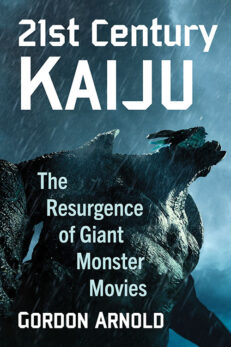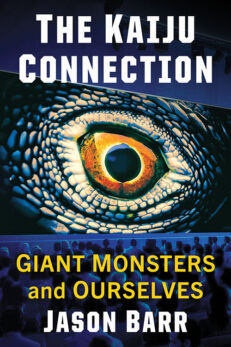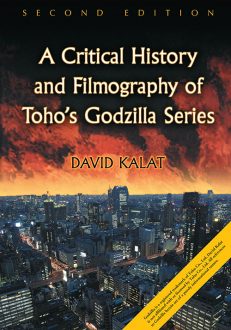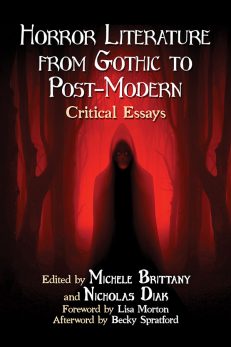Horror Literature from Gothic to Post-Modern
Critical Essays
$29.95
In stock
About the Book
From shambling zombies to Gothic ghosts, horror has entertained thrill-seeking readers for centuries. A versatile literary genre, it offers commentary on societal issues, fresh insight into the everyday and moral tales disguised in haunting tropes and grotesque acts, with many stories worthy of critical appraisal. This collection of new essays takes in a range of topics, focusing on historic works such as Ann Radcliffe’s Gaston de Blondeville (1826) and modern novels including Max Brooks’ World War Z. Other contributions examine weird fiction, Stephen King, Richard Laymon, Indigenous Australian monster mythology and horror in picture books for young children.
About the Author(s)
Bibliographic Details
Edited by Michele Brittany and Nicholas Diak
Foreword by Lisa Morton
Afterword by Becky Spratford
Format: softcover (6 x 9)
Pages: 236
Bibliographic Info: notes, bibliography, index
Copyright Date: 2020
pISBN: 978-1-4766-7488-9
eISBN: 978-1-4766-3791-4
Imprint: McFarland
Table of Contents
Acknowledgments v
Foreword: The Truth of Horror: A Brief History of the Genre’s Nonfiction Works … and Why We Need Them (Lisa Morton) 1
Introduction (Michele Brittany and Nicholas Diak) 9
Section One: Horror Writers Who Forged New Ground
“The mist of death is on me”: Ann Radcliffe’s Unexplained Supernatural in Gaston de Blondeville (Elizabeth Bobbitt) 15
Jekyll and Hyde Everywhere: Inconsistency and Disparity in the Real World (Erica McCrystal) 29
ScatterGories: Class Upheaval, Social Chaos and the Horrors of Category Crisis in World War Z (J. Rocky Colavito) 41
Section Two: Spotlighting Horror Writers
Marjorie Bowen and the Third Fury (John C. Tibbetts) 57
“When the cage came up there was something crouched a-top of it”: The Haunted Tales of L.T.C. Rolt (Danny Rhodes) 70
Richard Laymon’s Rhetorical Style: Minimalism, Suspense and Negative Space (Gavin F. Hurley) 86
Four Quadrants of Success: The Metalinguistics of Author Protagonists in the Fiction of Stephen King (James Arthur Anderson) 101
Section Three: Exploring Literary Theory in Horror
“The symptoms of possession”: Gender, Power and Trauma in Late 20th Century Horror Novels (Bridget E. Keown) 115
“Not a Bedtime Story”: Investigating Textual Interactions Between the Horror Genre and Children’s Picture Books (Emily Anctil) 128
Synchronic Horror and the Dreaming: A Theory of Aboriginal Australian Horror and Monstrosity (Naomi Simone Borwein) 141
“Gelatinous green immensity”: Weird Fiction and the Grotesque Sublime (Johnny Murray) 164
Section Four: Disease, Viruses and Death in Horror
Night of the Living Dead, or Endgame: Jan Kott, Samuel Beckett and Zombies (Kevin J. Wetmore, Jr.) 179
Koji Suzuki’s Ring: A World Literary Perspective (Frazer Lee) 188
Mapping Digital Dis-Ease: Representations of Movement and Technology in Jim Sonzero’s Pulse and Stephen King’s Cell (Rahel Sixta Schmitz) 201
Afterword: Guardians of the Damned: Horror Scholarship and the Library (Becky Spratford) 215
About the Contributors 219
Index 223
Book Reviews & Awards
• “Engaging”—Horror Buzz
• “Indeed, the comprehensive variety of essays covering a range of historical contexts, genres, texts, narrative styles, and key issues within this collection offers the volume as a foundational text for horror students and scholars alike… Not including this in library collections would be ‘truly horrific.’”—Journal of Ecohumanism





